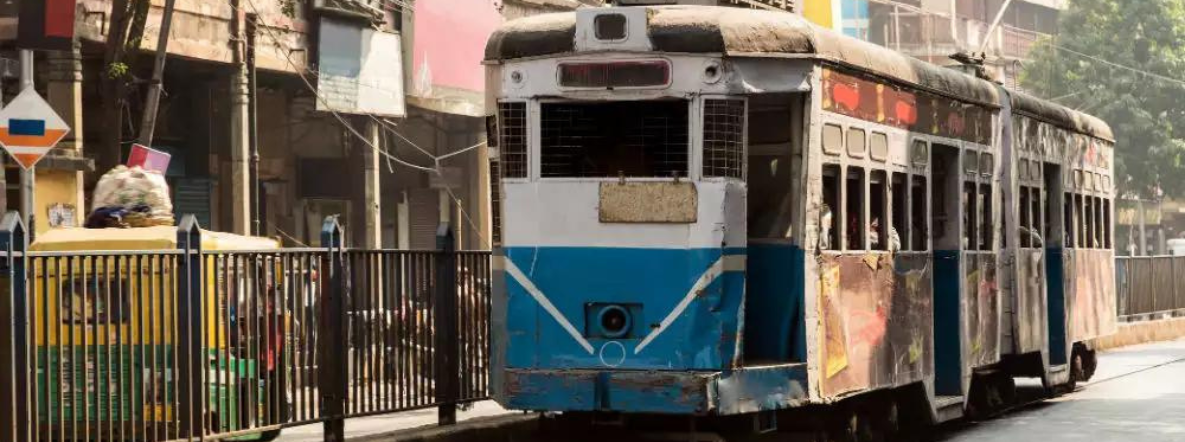Tram scores over e-bus
28 Feb 2023
Opinion: Sanjib Pohit
Trams are more energy-efficient and economical.
After the push for carbon neutral transport system, all metros in India are now moving towards electric-bus. Recently, Mumbai introduced double-decker e-bus like the one that plies in London. The impression one gets is that this is the preferred mode for an urban transport system.
However, one finds it is the tram and not e-bus that is making a resounding comeback worldwide. Take the case of Europe. Trams have been reintroduced in 25 cities of France. In Germany, a proactive nation for carbon neutral transport, trams has been reintroduced in five cities. Trams continue to ply in many of the old East-European cities with narrow roads. And recently, e-bus was withdrawn from Moscow due to poor performance. Surely, there must be an economic rationale on why worldwide tram is being adopted as a dependable transport medium for cities.
At the outset, the outlay for trams seems huge — permanent tracks, overhead wires, etc. However, once installed, trams are one of the lowest energy consuming and most sustainable mass transit systems. This is the principal reason why worldwide tram is being introduced.
Trams run on hard wheels and rails that can be fully recycled, and have much lower rolling resistance than soft rubber tyres. They are plugged directly into the mains, negating the need for energy and resource-intensive batteries that need their own separate and often expensive charging infrastructure.
Energy consumption
The two important factors that drive energy consumption of trams and e-bus are rolling resistance and drive efficiency. How do tram and e-bus compare by these two yardsticks? Because the length of trams can vary, a single carriage, which is comparable with the weight of a double-decker bus, has been used in these calculations. A three-car tram can carry as many as 140 passengers (standing and seating), whereas the new electric London/Mumbai buses are expected to have a capacity of 90.
A single carriage tram has a coefficient of rolling resistance of approximately 0.001, around ten times lower than a double-decker e-bus tyre (0.01). A double-decker e-bus travelling at 30 mph along a smooth tarmac road would need 24.9 kW to keep it moving. By contrast, the tram would need only 3.5 kW. That is, more than seven times less power.
An electric motor converts the electricity supplied to it into motion with around 90 per cent efficiency. An e-bus has an electric motor, just like in a tram, and so benefits from the improved efficiencies. However, it also needs to carry its own energy supply in the form of a battery. In theory, a battery has minimal losses, however in practice charging with different currents can result in significant losses, up to 50 per cent in some cases.
On average, for the life of a battery, the charge and discharge cycles are estimated to be around 80 per cent efficient. That means, using a battery adds in losses of 20 per cent to our equation: 80 per cent x 90 per cent gives a drive efficiency of 72 per cent for an e-bus. A tram is plugged into the mains and avoids storage losses.
The tram beats e-bus hands down in two other important aspects as well. First, the life of an e-bus is 10-12 years and one needs to replace the battery after five years. The cost of the battery is nearly half the price of the e-bus. By contrast, the life of a tram is easily 20-30 years. In Kolkata, trams that are more than 50 years old are still running.
And, one needs at least twice/thrice the number of e-buses compared to an ordinary bus to provide similar service as charging of an e-bus takes 8-10 hours. Clearly, it is a costly venture. Given the financial condition of urban transport corporations in India, 3-4 years down the line, the corporations may collapse due to the financial burden caused by e-bus.
Thus, to provide an affordable carbon neutral urban transport system for at least the next few decades, investment in tram and not e-bus would make more economic sense.
The writer is Professor, NCAER. Views are personal
Published in: The Hindu Business Line, 28 Feb 2023






